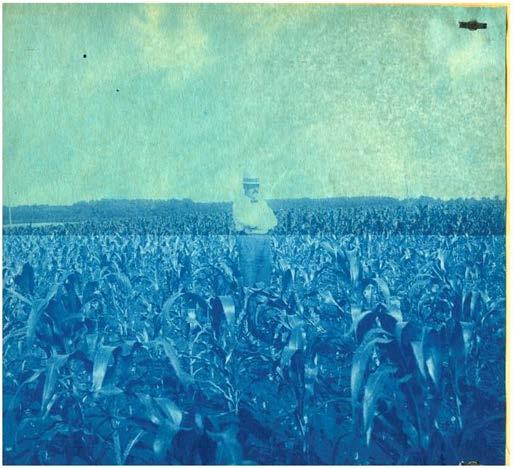Alison Boyd
Alison Boyd received her Ph.D in art history and was a Mellon fellow in gender and sexuality studies at Northwestern University. Her primary field of study is in modern European and American art with a focus on the arts of the African diaspora, the politics of display, and gender theory. She is working on a book manuscript, “Modernism for America: Negro Art and Primitivism at the Barnes Foundation, 1917-1951,” which analyzes the history and politics of the collection’s display. As a Terra Foundation Postdoctoral Fellow at the Smithsonian American Art Museum she is currently researching a second project, “‘Your country? How came it yours?’: Divergent Artistic and Political Claims for the ‘Soil’ in America in the 1930s.” This project focuses on three artists from different American identity groups and how they conceptualized their relationship to the soil through art in the 1930s-1940s: the Hopi-Tewa potter Nampeyo, the “outsider” artist Horace Pippin, and the Mexican muralist Diego Rivera, while working in the United States. Her research has been supported by a Henry Luce Foundation/ACLS American Art Dissertation Fellowship (2012-2013), a Winterthur Research Fellowship (Summer 2014), and as a fellow in the research group, “Objects in the Contact Zone: The Cross-Cultural Lives of Things” at the Kunsthistorisches Institut in Florenz – Max-Planck Institut (2015-2018).

